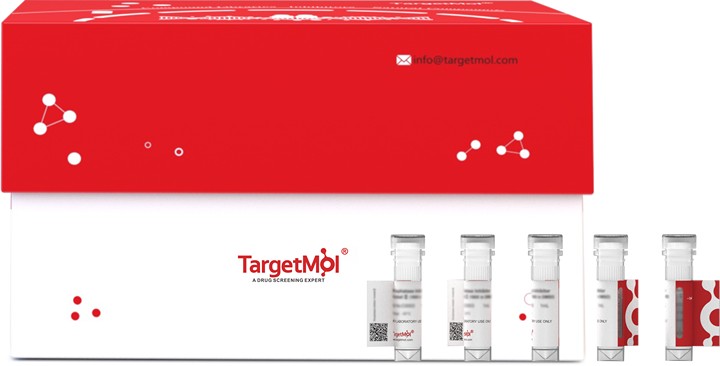购物车
全部删除  您的购物车当前为空
您的购物车当前为空
IGF1/IGF-I Protein, Salmon, Recombinant is expressed in E. coli. The accession number is Q02815.

| 规格 | 价格 | 库存 | 数量 |
|---|---|---|---|
| 5 μg | ¥ 588 | 6-8日内发货 | |
| 10 μg | ¥ 987 | 6-8日内发货 | |
| 20 μg | ¥ 1,460 | 5日内发货 | |
| 50 μg | ¥ 2,480 | 5日内发货 | |
| 100 μg | ¥ 3,730 | 5日内发货 | |
| 200 μg | ¥ 5,960 | 5日内发货 | |
| 500 μg | ¥ 10,900 | 5日内发货 | |
| 1 mg | ¥ 17,800 | 5日内发货 |
| 生物活性 | ED 50 < 15.0 ng/ml as determined by a dose-response proliferation assay using FDC-P1 cells. Based on the ED 50 , the calculated specific activity is approximately >6.7 × 10 4 units/mg. It is recommended to experimentally determine the optimal concentration for each specific application by performing a dose response assay. |
| 产品描述 | IGF1/IGF-I Protein, Salmon, Recombinant is expressed in E. coli. The accession number is Q02815. |
| 种属 | Salmon |
| 表达系统 | E. coli |
| 标签 | Tag Free |
| 蛋白编号 | Q02815 |
| 别名 | Somatomedin,Insulin-like growth factor I,IGF-1,IGF1 |
| 蛋白构建 | Gly45-Ala114 |
| 蛋白纯度 | ≥ 95% as determined by SDS-PAGE |
| 分子量 | 7.7 kDa (Predicted); 8.0 kDa (Reducing conditions) |
| 内毒素 | < 0.2 EU/μg of protein as determined by the LAL method. |
| 缓冲液 | Lyophilized from a 0.2 μm filtered solution in PBS. |
| 复溶方法 | Reconstitute the lyophilized protein in sterile deionized water. The product concentration should not be less than 100 μg/ml. Before opening, centrifuge the tube to collect powder at the bottom. After adding the reconstitution buffer, avoid vortexing or pipetting for mixing. |
| 存储 | Upon receiving, the lyophilized product remains stable for up to 6 months at lower than -70 °C. Upon reconstitution, the product is stable for up to 1 week at 4 °C or up to 3 months at -20 °C. Avoid repeated freeze-thaw cycles by making single-use aliquots before the solution is stored at -20 °C. |
| 运输方式 | In general, Lyophilized powders are shipping with blue ice. Solutions are shipping with dry ice. |
| 研究背景 | Insulin-like growth factor 1 (IGF-1), also called Somatomedin, is a hormone similar in molecular structure to insulin but has a much higher growth-promoting activity. IGF-1 consists of 70 amino acids in a single chain with three intramolecular disulfide bridges. IGF-1 may be a physiological regulator of [1-14C]-2-deoxy-D-glucose (2DG) transport and glycogen synthesis in osteoblasts. It is able to stimulate glucose transport in bone-derived osteoblastic (PyMS) cells and is effective at much lower concentrations than insulin, not only regarding glycogen and DNA synthesis but also with regard to enhancing glucose uptake. It may also play a role in synapse maturation. |